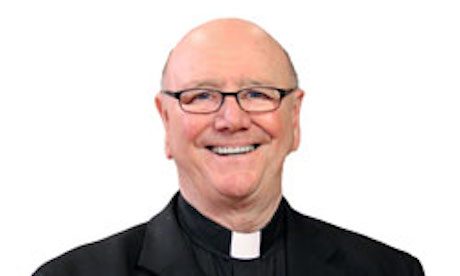It is not news that the liturgy has been a contested field in Catholic life over the past few decades.
Opposition to liturgical reform began even before the conclusion of the Second Vatican Council, and increased from 1964 onward, when reforms like the use of English and the practice of the priest facing the people while presiding at the Eucharist began to be implemented.
In its most extreme form this rejection of Vatican II’s reform found a base in the traditionalist movement founded by Archbishop Marcel Lefebvre, which eventually split off in schism from the Catholic Church after he ordained bishops on his own.
Part of that movement remained within the church and was greatly encouraged by Pope Benedict XVI’s motu proprio “Summorum Pontificum” ten years ago, which greatly liberalized permission to celebrate the traditional Latin Mass, now called the “Extraordinary Form.”
The opposition was not limited to this extreme, however.
Another group characterized as the “Reform of the Reform” advocated modifications of the post-Vatican II reforms, such as a return to one Eucharistic Prayer (Prayer I, the Roman Canon) recited in Latin and in a low voice with the priest and people facing in the same direction (ad orientem).
That movement’s most notable champion was Cardinal Joseph Ratzinger, but it had supporters among at least the past four prefects of the Congregation for Divine Worship and Discipline of the Sacraments : Cardinals Jorge Arturo Medina Estévez, Francis Arinze, Antonio Cañizares and (currently) Robert Sarah.
These opposition movements also found support among some younger Catholics searching for a more transcendent experience of liturgy than they customarily experienced.
Pope Francis has definitively and unequivocally put his weight behind a liturgical movement.
In the meantime, various attempts at moving the reform forward, like proposed translations of the Psalter and the Roman Missal in the mid-90s by the International Committee on English in the Liturgy, were stalled or outright rejected by the Vatican.
In addition, the Vatican also published a new document on translation (“Liturgiam Authenticam,”2001) that reversed the 1969 instruction on translation in a very traditional direction. Continue reading
- John F. Baldovin, S.J., teaches liturgy and sacraments at the Boston College School of Theology and Ministry.
News category: Analysis and Comment.




